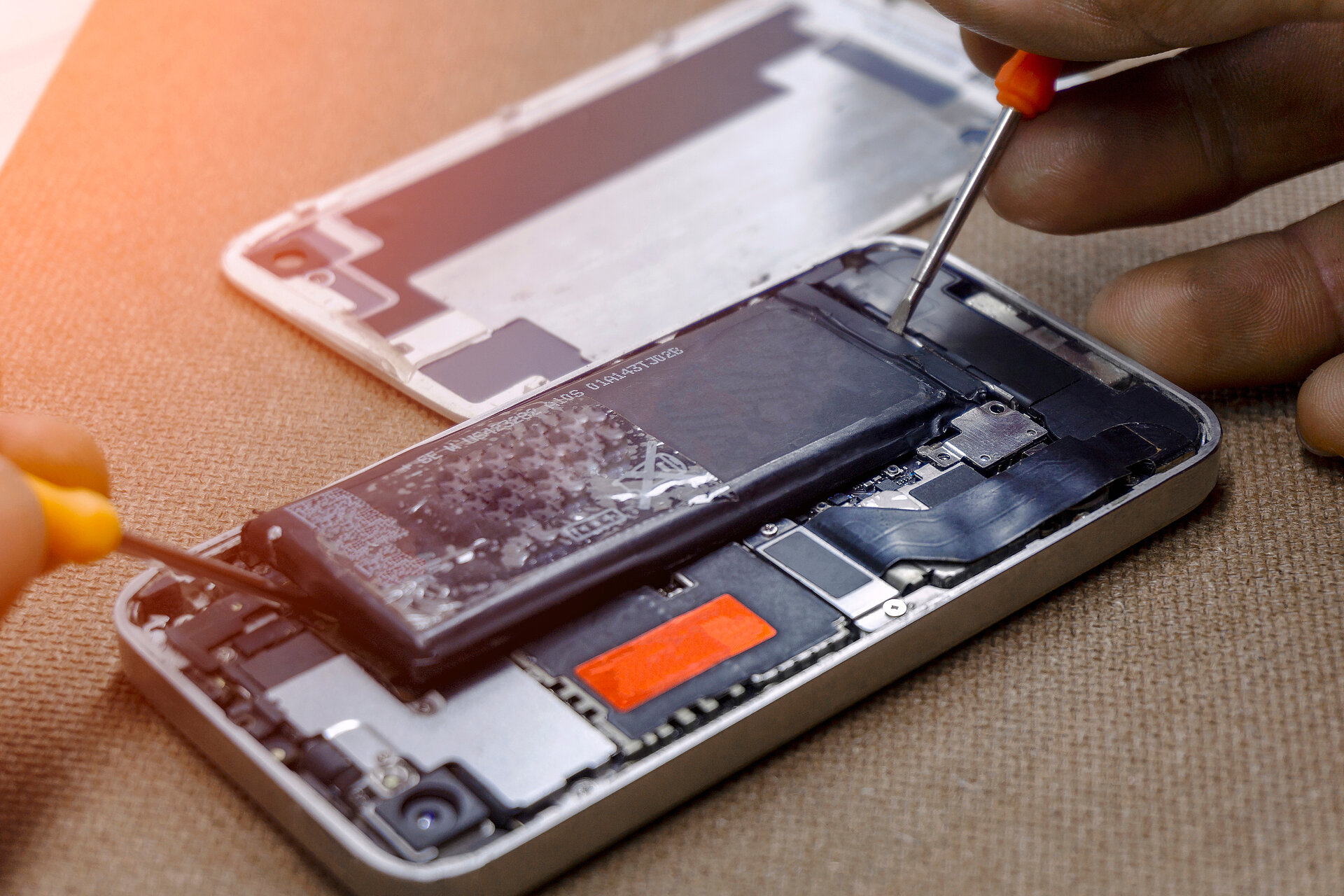Electrochemical reactions normally occur in batteries, causing structural changes in materials. Some of these are intentional - this is the only way the battery can effectively serve as a power storage device. Others lead to a drastic reduction in battery performance in the long term as unintended side effects. For example, "lithium plating" causes so-called dendrites to develop, which are metallic lithium needles that can trigger a short circuit within the cell. The SEI layer ("solid electrolyte interphase") can also develop unsightly cracks, so that the battery loses more and more capacity and performance.
Within the EU project "BAT4EVER", Wolfgang Binder and Anja Marinow are focusing on self-healing mechanisms of these micro-damages and material losses, which occur especially during charge and discharge cycles. The two are dedicated to material characterization methods and a modeling of material behavior.
According to Prof. Dr. Wolfgang Binder, well-known battery manufacturers such as StoreDot are also working in the field of battery power electronics to induce a (normally unintentional and dangerous) deep discharge of cells and to recover capacity and power in perspective through an ordered voltage and current pulse. However, these recovery mechanisms (like all self-healing battery concepts) are all still in the development phase.
Related links: battery2030.eu/battery2030/projects/bat4ever/ cordis.europa.eu/project/id/957225 inhabitat.com/storedot-is-making-self-healing-ev-battery-technology/

